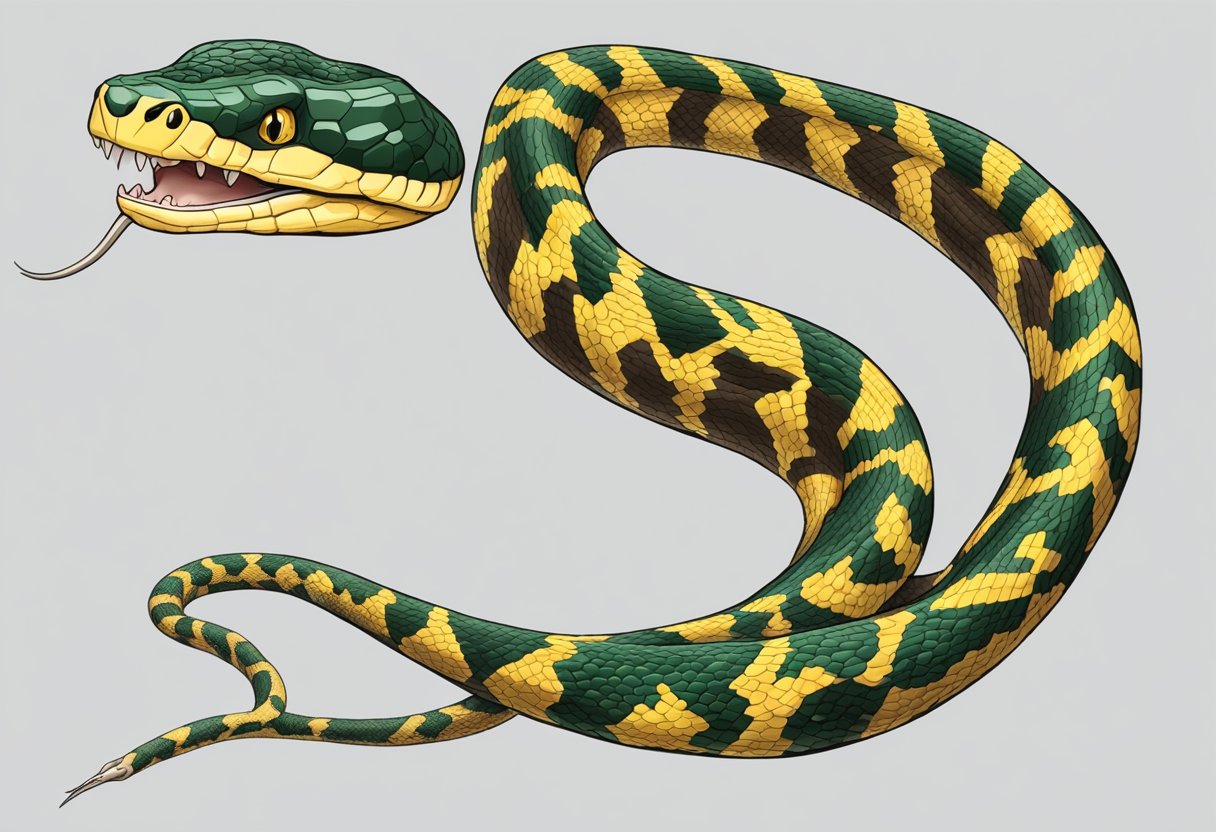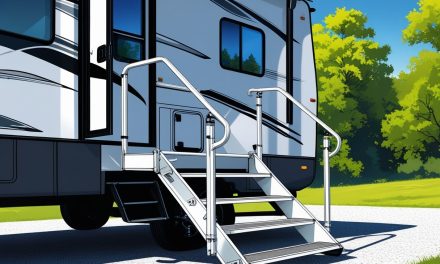Would you like to save this article?
Getting bitten by a snake is scary, but staying calm and knowing what to do next can make a big difference in your recovery. Quick action after a snake bite can help lower your risk of serious harm and can even save your life.
You don’t have to be a snake expert to handle a bite the right way. There are a few key steps you should follow if you or someone near you gets bitten by a snake.
1) Remove any jewelry or tight clothing near the bite to prevent swelling issues.
If you get bitten by a snake, it’s important to act fast. One of the first things you should do is take off any rings, bracelets, watches, or other jewelry close to where you got bitten.
Snake bites often cause swelling. If you leave jewelry or tight clothing on, it can cut off blood flow as the area gets bigger. This makes things worse and can even damage your skin or tissues.
Use care when removing anything. Try not to move the bitten area more than you need to, because moving can help the venom spread.
Remember to look for things like socks, bands, or tight sleeves near the bite. Removing them early is much easier than trying to take them off once swelling starts.
Giving your arm or leg space to swell helps keep blood moving and stops more damage. Once you’re sure nothing is squeezing the area, you can focus on cleaning and covering the bite.
2) Keep the bitten limb in a neutral, comfortable position to reduce blood flow.
When you get bitten by a snake, it’s important to stay as calm as you can. Try not to move around a lot. This helps slow down the spread of venom in your body.
Keep the bitten arm or leg still and let it rest in a comfortable, flat position. Don’t hold it above your heart. It should be at or just below heart level.
If you move the limb too much or raise it, the venom can spread faster. That’s why you should avoid walking or running, if possible.
You can use a splint or something sturdy, like a stick, to stop the limb from moving. Make sure not to tie it too tightly, though. Just enough to keep it steady works best.
Never try to suck out the venom or cut the bite. That does not help and can make things worse. Just focus on keeping the area still and wait for medical help.
3) Clean the bite gently with soap and water to prevent infection.
After you move away from the snake, you need to clean the bite area. Use mild soap and water. Wash the spot gently. Try not to scrub or rub hard, because that could make things worse.
Cleaning the bite helps keep out germs. You want to lower the chance of getting an infection. Even if the bite is small, it’s important to keep it clean.
Once you wash the bite, rinse off all the soap. Pat the area dry with a clean towel. If you have any antibiotic ointment, you can put a little on the bite.
Cover the bite with a clean bandage. Make sure it’s not too tight. Keep checking the wound for any swelling, redness, or pus. If you see any of these signs, tell a doctor right away.
4) Cover the bite loosely with a clean, dry bandage but don’t apply a tourniquet.
After a snake bite, you should gently cover the bite area with a clean, dry bandage. Make sure the bandage isn’t tight. Let air flow around the wound.
The reason for using a loose bandage is to protect the bite from dirt and germs. This helps lower the risk of infection while you wait for help. A tight wrap could actually make things worse.
Never use a tourniquet, which is a very tight band used to stop blood flow. This can harm your tissue and make the bite more dangerous. Keeping the blood flowing helps your body and avoids extra pressure on the bite area.
Try not to mess with the bite. Don’t cut it or suck out the venom. Instead, focus on keeping the area clean and covered. And remember, the main goal is to get professional medical help as soon as you can.
5) Call emergency services immediately and get professional medical help.
As soon as you realize you’ve been bitten by a snake, call 911 or your local emergency number. This is the most important step you can take. Even if you’re not sure if the snake is venomous, it’s better to be safe.
Don’t try to drive yourself if you start feeling weak or dizzy. If you have someone with you, have them call for help and stay by your side. Try to stay as calm and still as possible while you wait.
Professional medical help is needed because antivenom and other treatments can save your life. Snakebites can be very serious, and only a doctor can give the right care. The sooner you get help, the better your chances will be.
Remember, don’t waste time. Call for help quickly to avoid more problems. Let the experts handle the rest.









